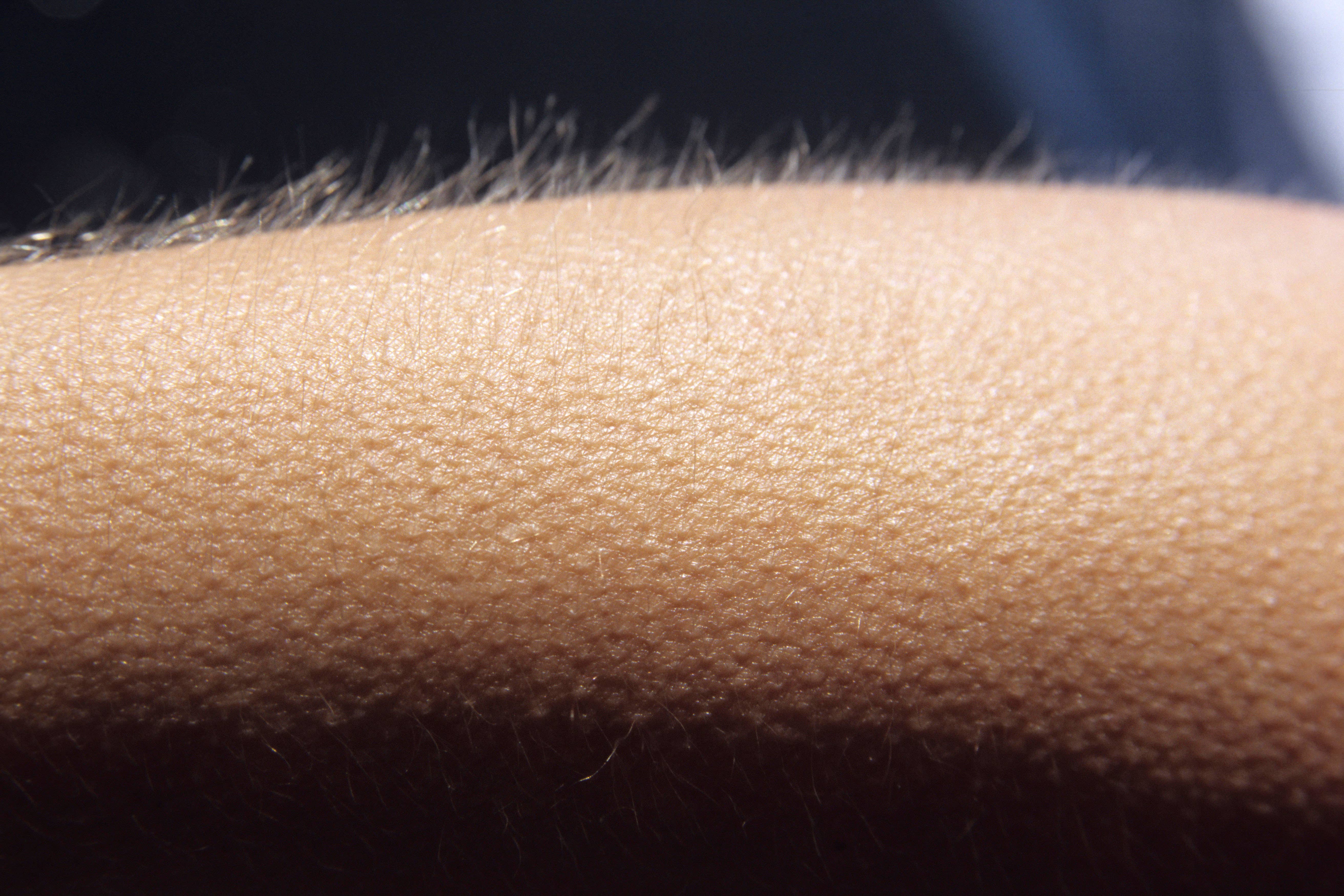Why you may get goosebumps far more than you think
Goosebumps are the result of tiny muscles flexing in the skin

Your support helps us to tell the story
From reproductive rights to climate change to Big Tech, The Independent is on the ground when the story is developing. Whether it's investigating the financials of Elon Musk's pro-Trump PAC or producing our latest documentary, 'The A Word', which shines a light on the American women fighting for reproductive rights, we know how important it is to parse out the facts from the messaging.
At such a critical moment in US history, we need reporters on the ground. Your donation allows us to keep sending journalists to speak to both sides of the story.
The Independent is trusted by Americans across the entire political spectrum. And unlike many other quality news outlets, we choose not to lock Americans out of our reporting and analysis with paywalls. We believe quality journalism should be available to everyone, paid for by those who can afford it.
Your support makes all the difference.You may be experiencing goosebumps more often than you think – and not necessarily where you are used to seeing them, new research suggests.
People are not always aware of when they have goosebumps, or where on their bodies they appear, the Durham University study found.
The findings indicate that when people are reporting their experiences, there can be a difference between what their body goes through, and what they are aware of.
Goosebumps are the result of tiny muscles flexing in the skin, making hair follicles rise up slightly.
They are triggered by cold temperatures and intense emotions like fear or excitement.
Dr Jonathon McPhetres, from the department of psychology at Durham, who led the study, said: “While people might think they are aware of when they have goosebumps, our research shows this is often not the case.
“People can have goosebumps and be unaware of it, especially if they form away from the forearm area most associated with the phenomenon.
“For psychologists, this shows the limitations of relying on self-reporting in research as there is often a disconnect between what people experience physiologically and what they are aware of.”

More than 600 people across three studies were asked to watch a range of positive video clips, including an America’s Got Talent audition and a heart-warming family advert, and press a button when they felt they had goosebumps.
At the same time, equipment recorded their skin temperature and heart rate, and observers regularly reviewed footage of their skin.
In another part of the study, people were asked to watch a video and then click on an image of the body to indicate where they thought goosebumps had appeared.
According to the findings, most of the people in the research experienced goosebumps more frequently than they were aware of and only tended to pay attention to their forearms, with many not pressing their button despite goosebumps being visibly present.
The findings are published in the Psychophysiology journal.